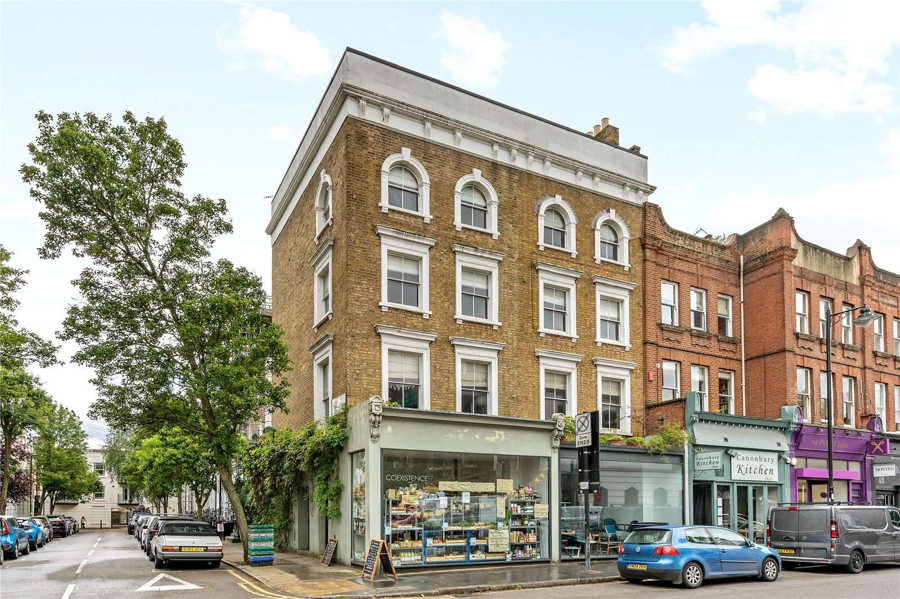Navigating Building Regulations in Islington and Canonbury: A Comprehensive Guide
Islington and Canonbury, located in the heart of London, boast a rich architectural heritage and a vibrant urban landscape. As these areas continue to evolve, strict building regulations play a crucial role in maintaining the character of the neighborhoods, ensuring safety, and promoting sustainable development. This article provides an overview of the building regulations in Islington and Canonbury, shedding light on the key aspects that property owners, developers, and architects need to consider.
In Islington and Canonbury, obtaining planning permission is a fundamental step before initiating any construction project. The local planning authority oversees this process, evaluating proposals to ensure they align with the borough’s development plan. Applicants must consider the impact on the local environment, architectural character, and community well-being.
Building regulations are administered through Building Control, a service provided by the local council or approved private inspectors. These regulations set standards for structural integrity, fire safety, energy efficiency, and accessibility. Compliance with building regulations is essential to secure approval for construction projects and ensure the safety of occupants.
Islington and Canonbury are home to numerous conservation areas and listed buildings, each with unique architectural significance. Special regulations govern alterations or extensions to properties within these designated areas to preserve their historic character. Developers and property owners must navigate additional considerations to ensure their projects align with preservation guidelines.
The borough places a strong emphasis on sustainability and energy efficiency in building design. Developers are encouraged to incorporate eco-friendly practices, such as energy-efficient heating and lighting, green roofs, and renewable energy sources. Compliance with these regulations contributes to the overall environmental goals of the area.
The Party Wall etc. Act 1996 applies to construction work that may affect neighboring properties. Property owners must serve notice to adjacent owners and obtain their consent or resolve any disputes through a Party Wall Agreement. This ensures that neighboring properties are protected during construction activities.
Building regulations in Islington and Canonbury prioritize accessibility and inclusivity. Ensuring that buildings are designed to accommodate people with disabilities is essential. This includes features such as ramps, wide doorways, and accessible bathrooms, in line with the Equality Act 2010.
Given the density of urban living in Islington and Canonbury, fire safety is a critical concern. Building regulations mandate the inclusion of fire-resistant materials, adequate escape routes, and fire detection systems. Compliance with these regulations is paramount to protect both property and lives.
Navigating building regulations in Islington and Canonbury is a multifaceted process that requires careful consideration of planning permissions, conservation guidelines, sustainability requirements, and more. Property owners and developers should engage with local authorities, seek professional advice, and stay informed about evolving regulations to ensure successful and compliant construction projects in these historic and dynamic neighborhoods. By adhering to these regulations, stakeholders contribute to the preservation and enhancement of the architectural legacy of Islington and Canonbury while fostering a safe and sustainable built environment for the future.



Comments are closed